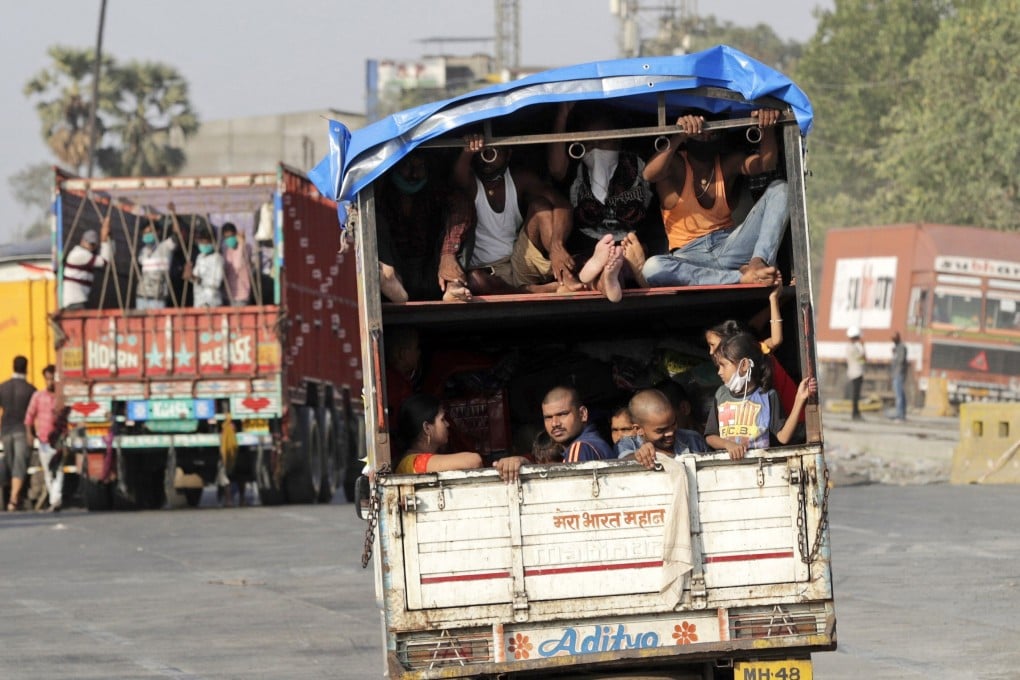Coronavirus: fear and foreboding in Mumbai, India’s worst-hit city
- About a quarter of India’s more than 80,000 cases are in Mumbai, where hospitals are running out of beds – and places to store the dead
- Doctors, nurses, police and sanitation workers are all exhausted. But some fear with the lifting of the lockdown, the worst is yet to come

Mumbai, with a population of 12.4 million – half of whom live in slums where the population density can reach 270,000 people per sq km – was always going to be a coronavirus hotbed.
The city’s place in the Indian public’s imagination is unrivalled. It represents fantastic wealth, the dream of a better life, the glamour of Bollywood, the stock market, and the rags-to-riches stories of some of its billionaires.
But now it is in the news for a different reason: being the country’s worst-hit city by the Covid-19 pandemic.
About a quarter of India’s more than 80,000 cases are in Mumbai and the sense of being engulfed is widespread.

Hospitals for Covid-19 patients are running out of beds, with disturbing footage from two in particular – Sion and KEM – showing the bodies of coronavirus victims lying wrapped in black plastic alongside patients receiving treatment.